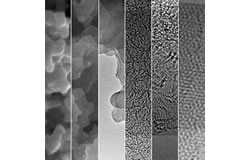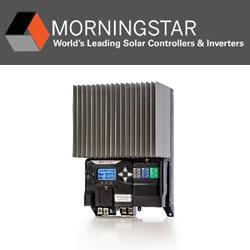Designer Carbons Are Getting a Boost from Nanotechnology
 By Richard Martin for The MIT Technology Review: A group of Stanford researchers have come up with a nanoscale “designer carbon” material that can be adjusted to make energy storage devices, solar panels, and potentially carbon capture systems more powerful and efficient.
By Richard Martin for The MIT Technology Review: A group of Stanford researchers have come up with a nanoscale “designer carbon” material that can be adjusted to make energy storage devices, solar panels, and potentially carbon capture systems more powerful and efficient.The designer carbon that has reached the market in recent years shares the Swiss-cheese-like structure of activated carbon, enhancing its ability to catalyze certain chemical reactions and store electrical charges; but it’s “designed” in the sense that the chemical composition of the material, and the size of the pores, can be manipulated to fit specific uses.
The designer carbon tested at Stanford is “both versatile and controllable,” according to Zhenan Bao, a professor of chemical engineering and the senior author of the study, which appeared in the latest issue of the journal ACS Central Science.
“Producing high-surface-area carbons with controlled chemical composition and morphology is really challenging,” says Bao. Other methods currently available, she says, “are either quite expensive or they don’t offer control over the chemical structure and morphology.” Cont'd...
Comments (0)
This post does not have any comments. Be the first to leave a comment below.
Featured Product

MORNINGSTAR - GenStar MPPT
GenStar MPPT is the industry's first fully integrated solar DC charging system, an all-new design with "lithium DNA" from the leader in charge controllers. Out of the box, GenStar is an overachiever-delivering legendary Morningstar quality, efficiency, power and reliability along with the latest in advanced communications and control technologies. All the most installer-requested features are on-board; additional features can be easily added via Morningstar's ReadyBlock expansion technology, with snap-in blocks that provide battery metering and monitoring, signaling and load control, and lithium battery communications/control
